Sixth Grade Curriculum
-
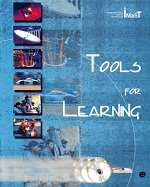
Tools for Learning is the first module of the IMaST curriculum. This unit prepares students to learn mathematics, science, and technology concepts on their own through inquiry and discovery and sets the foundation for the rest of the IMaST modules. They will learn how to collect data, identify patterns, and communicate ideas. They will also gather knowledge about the natural and human-made world by controlling variables and designing solutions to problems. The Tools for Learning module begins with the challenge of designing, building, and racing a student-sized car.
-
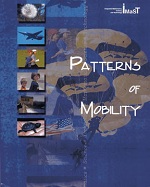
Patterns of Mobility engages students in describing the structure and function of numbers, the movement of living organisms, and modes of transportation. Classification systems, the history of transportation, human and animal movement, and migration patterns will all be explored. The module begins by engaging students in the challenge of working together and moving as a non-human blob.
-
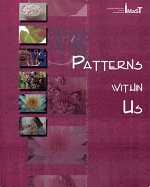
Patterns Within Us explores how genetic patterns determine observable traits. During this module, students will learn about the concepts of genetic engineering, probability, and the connections between heredity and reproduction. Activities include comparing the structure and function of plant and animal cells, predicting hereditary traits through generations, and discussing appropriate applications of genetic engineering. Students will be required to put their understanding of fractions, decimals, percents, and probability into action. An opening challenge looks at the observable traits of a well-loved snack, popcorn!
-
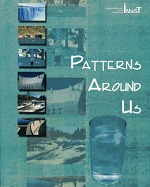
Patterns Around Us engages students in exploring three methods of purifying and cleaning water: filtering, distillation, and chemical treatments. Students will have hands-on practice filtering and distilling water throughout the module’s learning cycles. The opening challenge presents a weekend hiking trip scenario that requires students to purify water using chemical treatments. Students may be familiar with graphs, but they probably do not know what types of data display are the best for certain types of data. In each of the four learning cycles in the module, students are introduced to a different type of data display. Each display is used to depict data concerning some aspect of water or soil. Through these activities, students will gain experience using the appropriate data display techniques to communicate the results of their investigations.
-
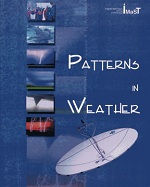
Patterns in Weather asks students to use number relationships to identify and predict patterns of change in climate and weather. Students will have the opportunity to explore weather instruments, the use of tracking technology, and the weather’s influence on architectural design during their activities, including a simulation of a hurricane! Throughout the module, data collection and interpretation skills will be applied. The opening challenge sets the stage as students observe and reflect on the weather’s influence during a natural disaster movie.
-
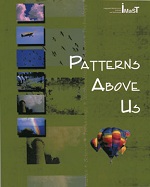
Patterns Above Us asks students to consider all of the patterns that exist between the Earth’s surface and the layers of our atmosphere. As they learn about these patterns, they will collect pollution, determine how much oxygen is around us, and even make some good things to eat! Patterns Above Us begins with an opening challenge of designing, building, and flying a hot air balloon.
-
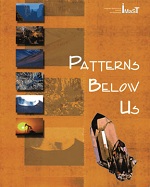
Throughout the IMaST curriculum, students have been finding and analyzing patterns. Patterns exist everywhere; there are patterns above us, patterns around us, and patterns within us. In Patterns Below Us , students will explore the patterns found below us by investigating geological concepts. By learning about these patterns, students will better understand the Earth and how to coexist with it responsibly.